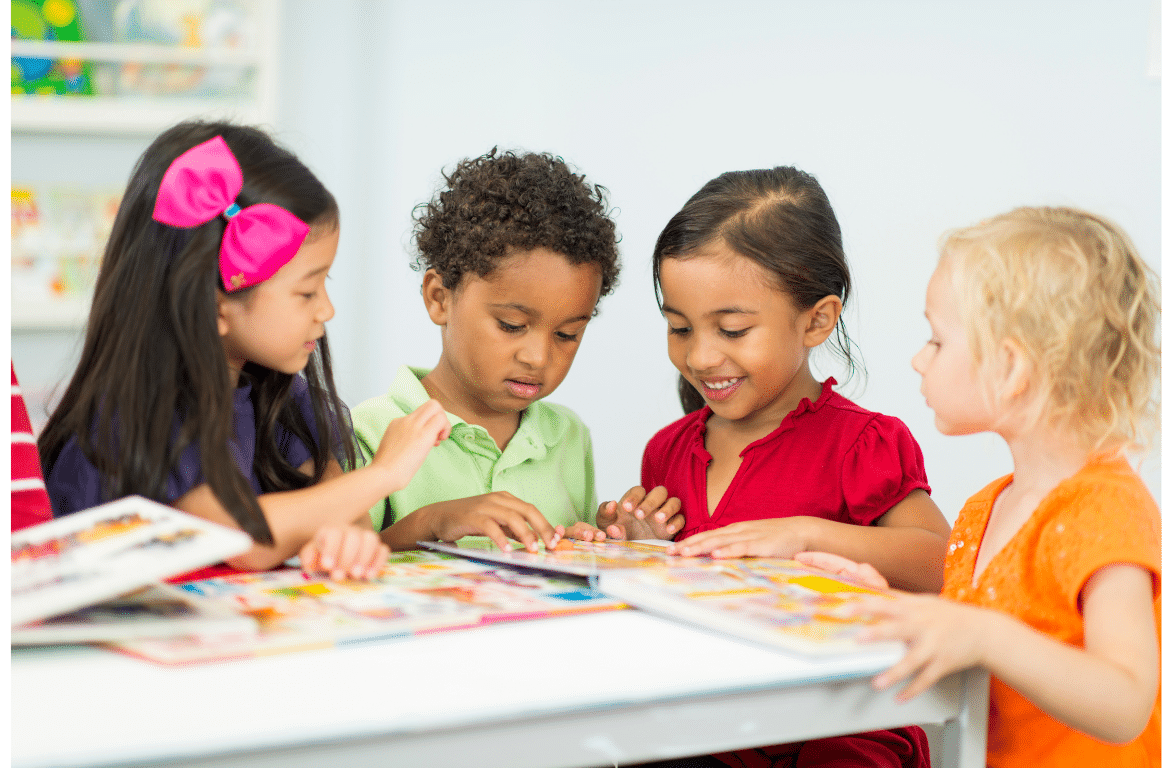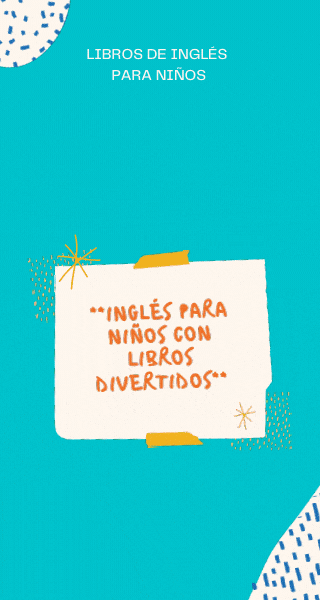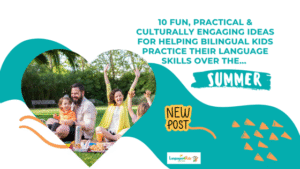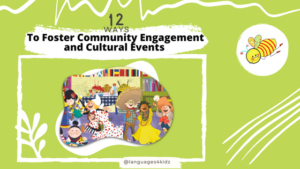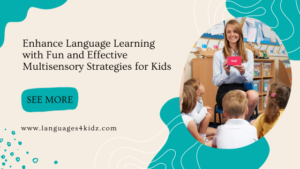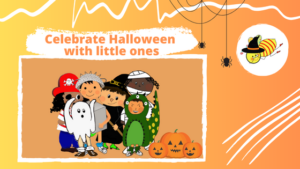Languages4kidz Curriculum Resources (English and Spanish) follow best researched practices for teaching early language learners.
Children are born “citizens of the world” with regard to language.
Research points that children growing up in a well-rounded environment learn to speak at least 2,000 basic words by the time they are four years old. Simply observing how babies learn to talk proves that they are natural learners.
Many scientists believe that a newborn’s brain is genetically “programmed” to learn language, just as a bird is programmed to sing or a spider to weave a web. No one actually teaches children to talk. Rather, parents and others enable their learning by speaking while they interact with them. Therefore, interaction is a critical part of this process. It involves simple sentence structure and vocabulary, exaggerated intonation and sounds, repetition, and questions, all of which help a child sort out meanings, sounds, and sentence patterns of a language.
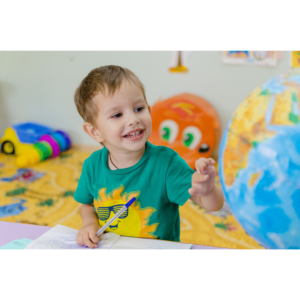
As our world becomes increasingly global, more and more parents and education professionls see the benefits of beginning an additional language education at younger ages. In fact, in many parts of the world and in almost all European countries, compulsory learning of a foreign language now begins in primary education. In some cases, there is even an earlier start, as it is the case in Spain where children learn a foreign language from the age of 3 as well as in the German-speaking community in Belgium.
When we developed Languages4kidz Curriculum Resources for parents, teachers and children, we merged decades of early childhood education experience with the latest rearch on teaching young children another language.

We developed our curricula based on the Natural Approach (the natural way children acquire their mother tongue) and on thematic units that are universal and applicable to all cultures. They are arranged within the six “themes” similar to those from the Primary Years Program of the International Baccalaureate: Who we are – Where we are in place and time – How we organize ourselves – How the world works -How we express ourselves – Sharing the planet.
Our curriculum resources are flexible, age-appropriate and follow research based practices for teaching early language learners.

- Use a lot of visuals and gestures to support understanding.
- Speak slowly and clearly, using simple language and sentence structures.
- Engage children in interactive activities such as singing, games, arts and crafts and storytelling.
- Provide frequent opportunities for children to practice using the language in a meaningful context.
- Create a positive and supportive learning environment.
- Incorporate cultural elements to make learning more relevant and interesting.
- Encourage parents to continue practising with their children at home.
- Use TPR and get children moving.
- Put emphasis on language “acquisition” as opposed to language “processing”.
If you are looking for resources to teach young learners English or Spanish, our flexible and easy to follow curricula can help. We invite you to visit miprimeringles.com and myfirstspanish.com to benefit from detailed lesson plans with a huge variety of activities and beautiful Picture Books that engage children and help them acquire the target language in a fun and natural way.

